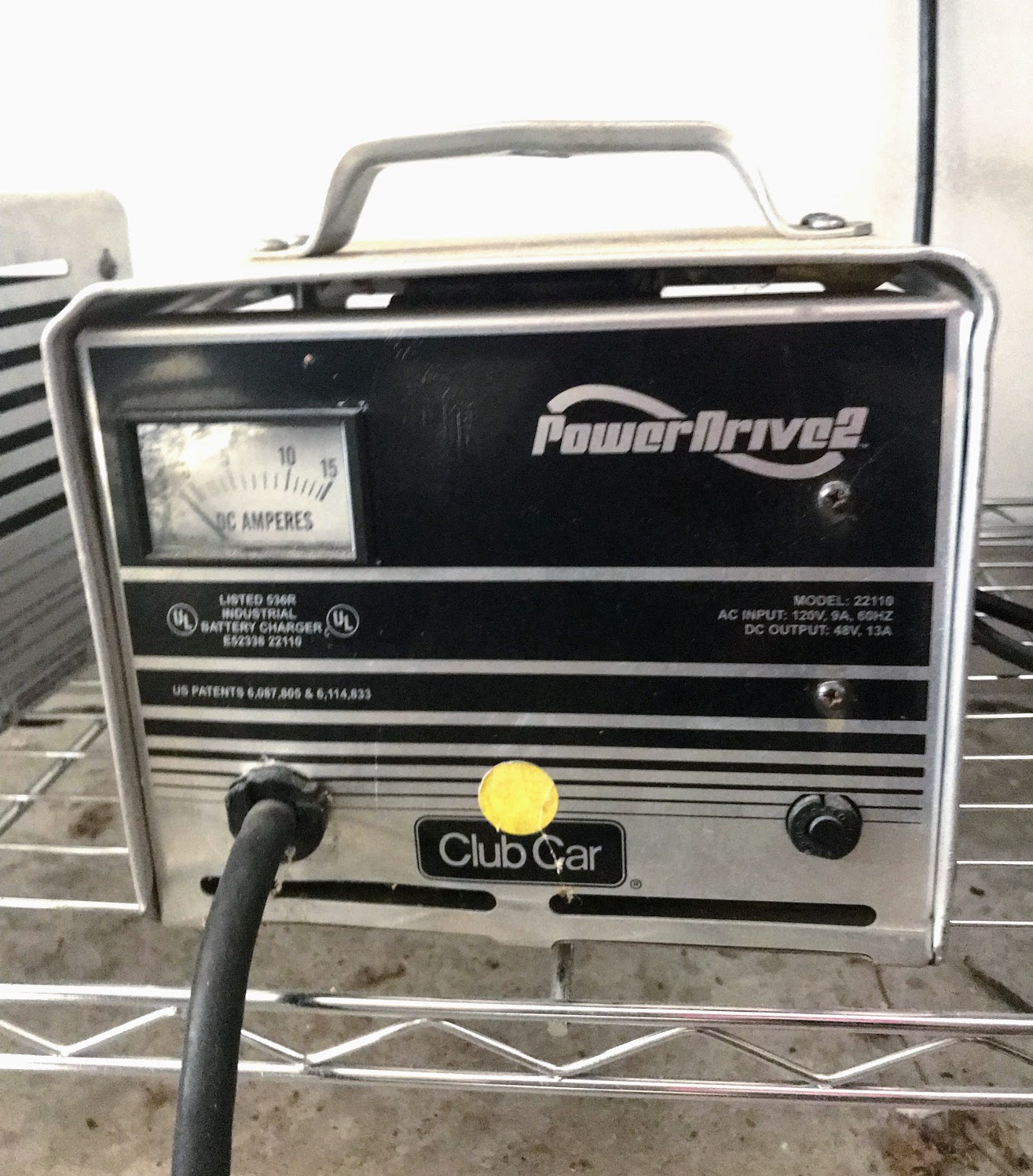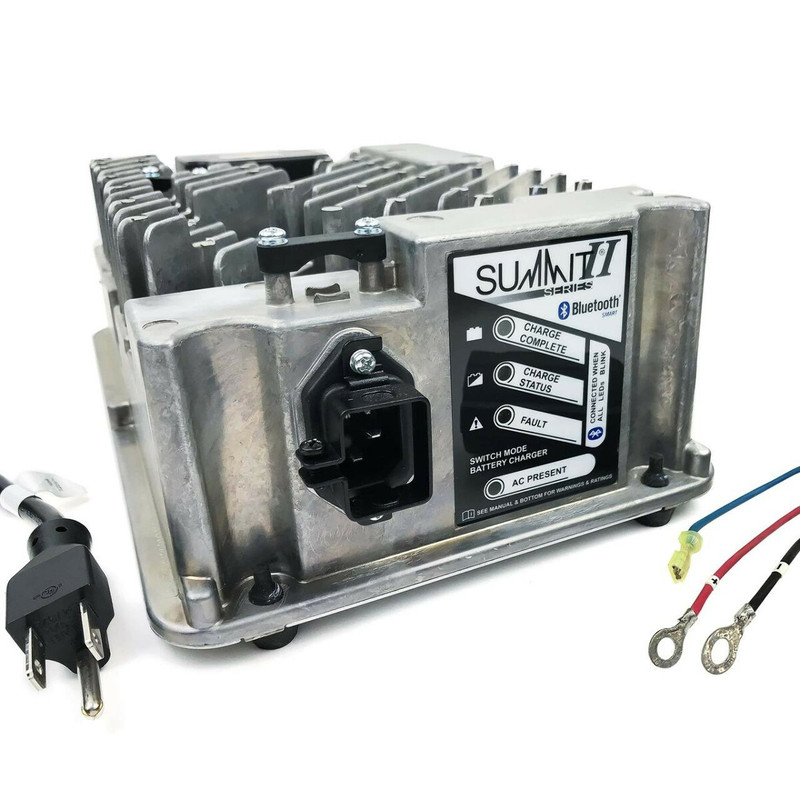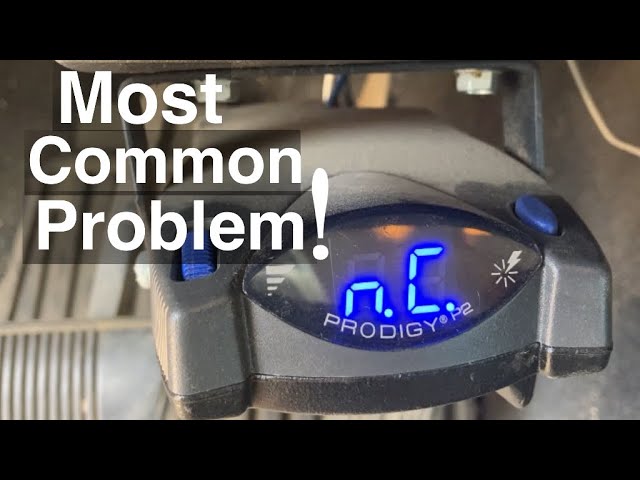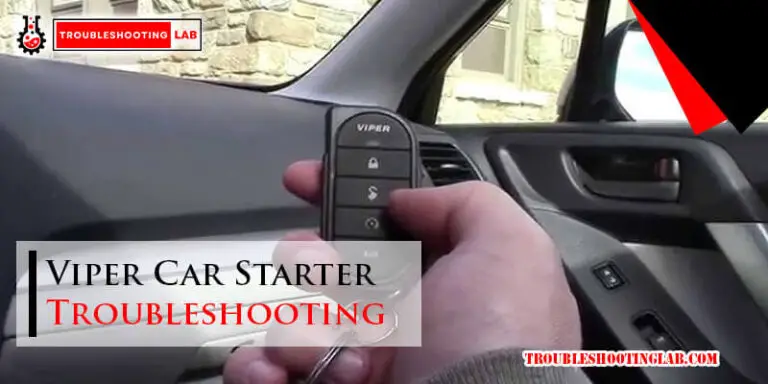Club Car 48 Volt Battery Charger Troubleshooting: Expert Tips
Are you facing issues with your Club Car 48 Volt Battery Charger? You’re not alone.
Many golf cart owners experience challenges with their battery chargers at some point. The frustration of a non-working charger can put a damper on your plans, leaving your cart idle when you need it most. But don’t worry, understanding a few troubleshooting tips can save you time and hassle.
By the end of this guide, you’ll be equipped with the know-how to diagnose and potentially fix common problems with your charger. Ready to get your Club Car back on the move and avoid unnecessary repair costs? Let’s dive into the solutions that can make that happen.

Credit: www.golf-carts-etc.com
Common Charger Issues
Experiencing issues with a Club Car 48 Volt Battery Charger? Common problems include faulty connections, blown fuses, and overheating. Regular maintenance and careful inspection can help identify and resolve these issues, ensuring a smooth charging process.
When using a Club Car 48 Volt Battery Charger, you might encounter some common issues that can disrupt your golf cart experience. These problems can be frustrating, especially when you’re ready to hit the course. Understanding and troubleshooting these issues can save you time and get you back on track. In this section, we’ll explore some of the most frequent charger problems and how you can address them.No Power To Charger
You plug in your charger, but nothing happens. This issue is more common than you might think. First, check if the outlet is working by plugging in another device. If the outlet is functional, inspect the power cord for any visible damage or loose connections. Sometimes, a simple reset of the circuit breaker can resolve the problem. Another factor could be the internal fuse. If you’re comfortable with basic electrical work, you can check and replace it. But if you’re unsure, consulting with a professional might be the best route. Your safety should always come first.Charger Not Charging Battery
Imagine getting ready for a golf day, but the battery isn’t charging. Frustrating, right? This might be due to dirty or corroded battery terminals. Cleaning them with a mixture of baking soda and water can often solve the issue. Also, check the connection between the charger and the battery. A loose connection can prevent charging. Ensure the plug is secure and free from debris. If everything seems fine, it could be a problem with the charger itself, and professional help might be necessary.Intermittent Charging Problems
Does your charger start and stop randomly? This might indicate a more complex issue. Start by observing the charger’s cooling fan. If it isn’t working, the charger might be overheating, causing it to stop. You might also want to inspect the internal wiring for any signs of wear or damage. It could be time to replace the charger if wear is evident. Before you rush to buy a new one, ask yourself: could it be a simple fix? Sometimes, repositioning the charger for better ventilation or tightening a loose wire is all it takes. Encountering these issues with your Club Car charger doesn’t have to be a headache. With a little know-how and patience, you can often troubleshoot effectively. Have you faced any of these problems? What solutions worked for you? Your experience can help others in the same boat.Identifying Battery Problems
Troubleshooting a Club Car 48 Volt Battery Charger involves identifying common issues like poor connections or faulty cables. Ensure all connections are clean and secure, and check for damaged or worn-out cables. Regular maintenance can prevent many battery problems, ensuring your golf cart runs smoothly.
Identifying battery problems in your Club Car can be a daunting task, especially if you’re unfamiliar with the signs and symptoms of a failing battery. However, understanding how to spot these issues early can save you time and money in the long run. By learning how to diagnose potential problems, you ensure your vehicle remains reliable and efficient.Signs Of Battery Failure
Recognizing the signs of battery failure is crucial for maintaining your Club Car’s performance. One of the most common indicators is a noticeable decrease in your car’s power or speed. If your vehicle struggles to climb small inclines or has a shorter running time than usual, it might be time to inspect the battery. Another warning sign is if the battery takes longer than usual to charge or doesn’t charge fully. You might also notice a foul smell, like rotten eggs, which could indicate a leaking battery. Physical signs like corrosion on the battery terminals or a swollen battery case can also signal trouble. Have you ever found yourself stranded because your car wouldn’t start? This can often be traced back to a failing battery. Don’t ignore these signs; they are your first line of defense against unexpected breakdowns.Assessing Battery Health
To assess the health of your battery, start with a visual inspection. Check for any visible damage, leaks, or corrosion. These can be telltale signs that your battery might need replacement or repair. Using a multimeter can provide a more accurate assessment. Measure the battery voltage; a healthy 48-volt battery should read around 50 to 52 volts when fully charged. Anything significantly lower could indicate a problem. Consider performing a load test if you’re still unsure about your battery’s condition. This involves checking how the battery performs under a load, simulating real-world conditions. If the voltage drops significantly during this test, your battery might not be holding a charge properly. Keeping tabs on your battery’s health is not just about extending its lifespan. It’s about ensuring your Club Car is ready whenever you are. Have you checked your battery’s health recently? Taking proactive steps can prevent future headaches and keep your vehicle running smoothly.Checking Charger Connections
Ensure secure connections for your Club Car 48 Volt battery charger. Loose cables can prevent proper charging. Check every connection point to guarantee optimal performance and avoid unnecessary downtime.
Are you having trouble with your Club Car 48 Volt Battery Charger? Sometimes, the solution is as simple as checking the charger connections. Proper connections can make all the difference between a smooth ride and a frustrating one. Let’s dive into two key components: the power cord and the battery connectors. These are critical areas that often get overlooked but can have a significant impact on your charging efficiency.Inspecting Power Cord
Start by inspecting the power cord of your charger. Is the cord frayed or damaged? Even minor wear and tear can lead to charging issues. A faulty power cord might be the culprit behind inconsistent charging or complete failure to charge. Consider whether it’s time for a replacement. Ensure that the plug fits snugly into the outlet. A loose connection can interrupt the flow of electricity, causing charging hiccups.Examining Battery Connectors
Next, take a look at the battery connectors. Are they clean and free from corrosion? Dirt and rust can block the connection, preventing the charger from doing its job effectively. Cleaning the connectors with a wire brush or sandpaper can restore their ability to conduct electricity. It’s a simple task that can save you from headaches down the road. Have you checked for any bent or broken connectors? Even a slight bend can disrupt the connection. Straightening them might be all you need to get back on track. Checking these aspects might seem basic, but they can save you time and frustration. Have you ever overlooked a simple detail that turned out to be the root of a problem? By paying attention to these small but crucial elements, you can ensure your Club Car charger works flawlessly.Testing Charger Components
Troubleshooting a Club Car 48 Volt Battery Charger requires careful examination. Testing charger components helps pinpoint issues affecting performance. This involves a detailed inspection of key elements. Begin with evaluating the charging circuit. Then proceed to inspecting the control board. Each step is crucial for effective diagnosis.
Evaluating The Charging Circuit
The charging circuit is vital for power delivery. Start by checking the connections for corrosion or damage. Use a multimeter to measure voltage output. Ensure it matches the expected range. Inspect the wires for breaks or wear. Replace any faulty wiring promptly. Confirm that the charger plug fits snugly into the vehicle port.
Observe any signs of overheating. This may indicate a circuit issue. Look for loose or frayed wires. Tighten or replace them as necessary. Check if the circuit breaker is functioning correctly. Test its response to current flow. Secure all components firmly to avoid disruptions.
Inspecting The Control Board
The control board regulates the charger’s operation. Begin by examining it for visible damage. Look for burnt areas or discolored spots. These suggest potential faults. Use a multimeter to test the board’s continuity. Ensure all pathways are intact.
Verify the functionality of the board’s components. Pay attention to capacitors and resistors. Replace any defective parts. Check if the board receives power. Confirm its connections are secure. Inspect fuses for signs of burnout. Replace any blown fuses immediately.
Assess the board’s response to input signals. This indicates its operational status. Test the LED indicators for proper function. They provide crucial feedback on charging status. Ensure all buttons and switches work correctly.
Troubleshooting Techniques
Identifying issues with a Club Car 48 Volt Battery Charger can be straightforward. Check connections for corrosion or looseness. Ensure the charger is plugged into a functioning outlet.
Understanding how to troubleshoot your Club Car 48 Volt Battery Charger can save you time and frustration. Whether you’re a seasoned golf cart owner or just starting out, knowing what to do when your charger acts up is crucial. Dive into these troubleshooting techniques to get your charger back on track.Resetting The Charger
Sometimes, a simple reset is all your charger needs. Begin by unplugging the charger from the power source. Let it sit for about 15 minutes to clear any residual charge. Reconnect it and try charging your battery again. This easy step can fix minor glitches and restore your charger’s functionality. Have you ever had a device work perfectly after a reset? It’s like magic for electronics.Using Diagnostic Tools
Diagnostic tools are your best friend when dealing with charger issues. Invest in a good multimeter to check the voltage output of your charger. This tells you if the charger is delivering power as it should. If the voltage is too low, it might be time for a new charger. Don’t forget to check the condition of your battery; sometimes, the charger isn’t the problem. Have you wondered if your tools are up to the task? Using the right ones can make troubleshooting feel less like guesswork and more like problem-solving.
Credit: www.golfcartgarage.com
Preventive Maintenance Tips
Keeping your Club Car 48 Volt Battery Charger in top shape is essential. Proper maintenance prevents unexpected issues and prolongs its lifespan. Simple steps can make a big difference. Regular cleaning and routine inspections are key.
Regular Cleaning
Dirt and debris can affect your charger’s efficiency. Wipe the charger with a soft cloth. Avoid harsh chemicals. Ensure all vents are clear. This prevents overheating. A clean charger works better and lasts longer.
Routine Inspections
Inspect the charger cables regularly. Look for any signs of wear. Check connectors for corrosion. Ensure all parts are secure. A quick visual check can save trouble. Early detection of issues can prevent bigger problems.
When To Seek Professional Help
Dealing with battery charger issues can be frustrating. Sometimes, simple fixes solve the problem. Other times, deeper issues need expert attention. Knowing when to seek help is crucial for safety and efficiency. Professional help ensures your Club Car operates smoothly.
Complex Electrical Issues
Electrical problems can be tricky. Faulty wiring or damaged components need expert eyes. Professionals understand electrical systems. They diagnose issues quickly. Avoid trying to fix complex problems yourself. Mistakes can lead to costly repairs. Experts have the right tools and knowledge. They ensure safe and effective solutions.
Persistent Charger Failures
Repeated charger failures signal deeper issues. Unusual noises or overheating are signs. These problems require professional attention. Continuous failures can damage the battery. Professionals assess and repair persistent issues. They ensure your charger works efficiently. Don’t ignore recurring problems. Seeking help early prevents further damage.

Credit: www.amazon.com
Conclusion
Troubleshooting your Club Car 48 Volt Battery Charger can be straightforward. Start with checking the power supply. Ensure all connections are secure. Look for any visible damage on the charger. Test the charger on a different outlet. If problems persist, consult your user manual.
It often contains helpful troubleshooting tips. Regular maintenance can prevent future issues. Keep your charger clean and stored properly. A well-maintained charger lasts longer. Following these steps can save time and money. Understanding your charger helps in maintaining your golf cart’s efficiency.
Stay proactive with regular checks for a smooth ride.






